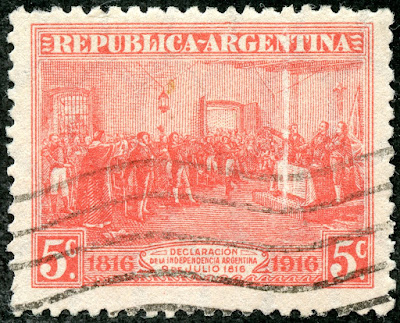On 8 July 1497, Portuguese navigator Vasco da Gama set
sail on his first voyage, which would eventually lead to the discovery
of a sea route from Europe to India. Da Gama's expedition was
commissioned by the Portuguese king, Manuel I, with the objective of
finding a direct maritime route to India, bypassing the overland routes
controlled by the Ottoman Empire.
Da Gama
commanded a fleet of four vessels, including his flagship, the São
Gabriel, along with the São Rafael, the Berrio, and a supply ship. The
crew consisted of about 170 men, including sailors, soldiers, and
interpreters. They departed from Lisbon, Portugal, and embarked on a
perilous journey across the Atlantic Ocean, along the western coast of
Africa.
The voyage was fraught with numerous
challenges, including treacherous weather, unfamiliar territories, and
scarcity of supplies. The crew faced sickness, hunger, and the loss of
lives during the voyage. Nevertheless, da Gama's determination and
navigational skills allowed him to overcome these obstacles.
After
navigating along the African coast, Vasco da Gama reached the southern
tip of Africa, which he named the Cape of Good Hope. From there, he
continued eastward, crossing the Indian Ocean. On 20 May 1498, after
several months at sea, da Gama's expedition finally made landfall at the
port of Calicut (now Kozhikode) on the southwestern coast of India.
This
significant achievement established the first direct sea route from
Europe to India, opening up lucrative trade opportunities and
solidifying Portugal's position as a major maritime power. Da Gama's
successful voyage paved the way for subsequent Portuguese expeditions
and the establishment of Portuguese colonies and trading posts
throughout the Indian Ocean, shaping the course of history in the Age of
Exploration









